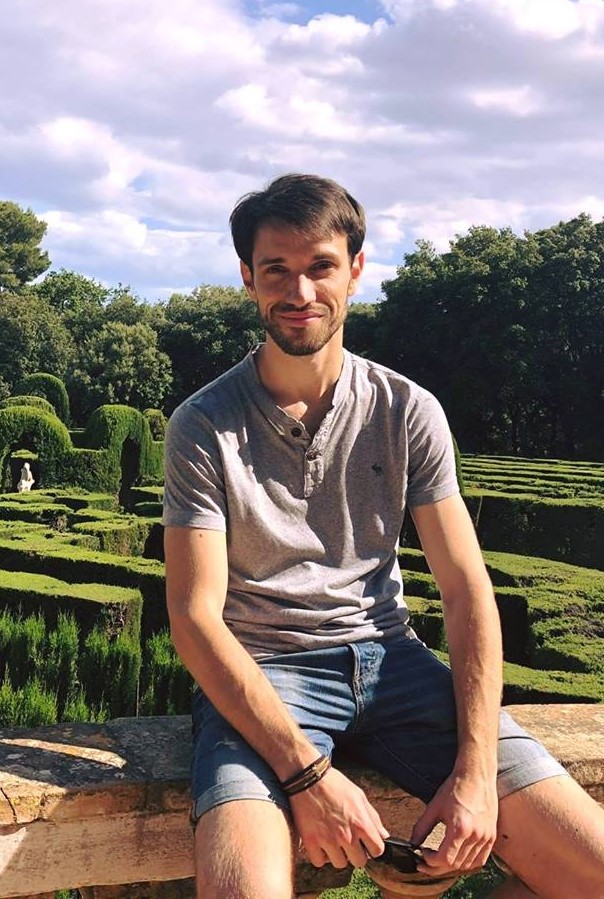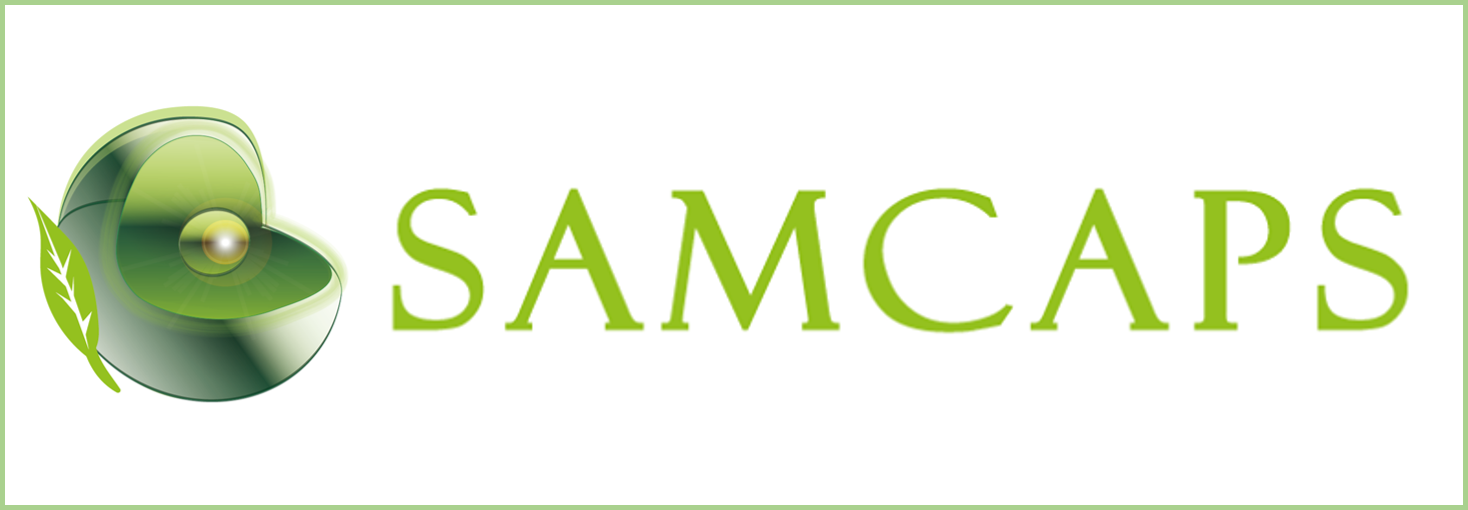ESR3 - Xavier Castellvi Corrons
 |
"Hello! I'm Xavier and fortunately I am part of this amazing project called SAMCAPS. I completed the bachelor's degree of nanoscience in the Autonomous University of Barcelona and the master's degree of biomedicine in the University of Barcelona. I have also worked in several labs related with nanoscience, biomedicine and chemical synthesis of Barcelona and Ghent, this latter being the city where I spent six months as an Erasmus student (very recommended experience!). |
Xavier is from Barcelona, Spain, and he is 25 years old. He received a Master's degree in Biomedicine and he has experience in different fields of chemical science thanks to his several internships at Vall d’Hebron Institute of Research, Gent University, Catalan Institute of Nanoscience. His project within SAMCAPS involves studying the release of actives from capsule systems using different triggers.
Xavier is officially enrolled in Florence University but he started his work at P&G for the first half of his PhD. Here, he will be trained in understanding the different needs of the consumer relative to the release of actives from detergents. He is learning why the tuning of the release is so important and how the release can be adapted to current state of the knowledge concerning release triggers (e.g. dilution with water, drying of the capsules...). The objective is to define a research plan to expand the knowledge on triggered release to meet consumer needs in the fabric care industry that could also be reapplied to e.g., beauty and home care. He is working with the analytical department at P&G to follow the release of actives by state of the art equipment like GCMS, Z-nose equipment and TOF-SIMS and deposition techniques based on fluorescence measurement techniques.
Xavier will then continue working in CSGI Florence by testing the materials obtained from ESR2, with the final goal of studying the release of actives. At CSGI, he will receive an intensive training on microfluidics, fluorescence/confocal microscopy and UV/Vis spectroscopy. As a first step, he will set up and optimize the microfluidic devices and/or other techniques in order to study the active release in terms of mechanism, kinetics, and efficiency. This will provide the ability to choose the proper methodology suited for each sample. Depending on the polymer nature and architecture, the active release can be obtained by using different triggers (dilution, temperature, light or UV radiation, pH) and at different time-scales. In addition, he will monitor the stability of both capsules and entire formulation upon aging by studying the potential changes in capsules morphology, active leakage, active and/or polymer degradation, and active-formulation and/or polymer-formulation interactions. By constantly providing feedback to both ESR1 and ESR2 to optimize polymers synthesis/modifications and/or capsules preparation methodology, Xavier's work will contribute to obtaining a library of new ecofriendly/biodegradable capsules suitable for containing and releasing several actives due to external stimuli and with different release kinetics
